38 snake skeleton diagram
snake skull · snake skin · snake anatomy · octopus · human skeleton · frog · animal skull. ... Horse Anatomy, Animal Anatomy, Skeleton System, Pretty Snakes, Skeleton ... ANIMAL KINGDOM :: REPTILES :: SNAKE :: ANATOMY OF A VENOMOUS SNAKE image ...
With no arms or legs, a snake has a simple skeleton. The skull is connected to a long, flexible spine (or backbone), with hundreds of ribs running down to ...
Snake skeleton diagram
Since there are no limb girdles associated with the skeleton, there are no good delimiters of regions, but snakes are generally regarded as having only two ... 23 Apr 2020 — Snakes need lots of bones so that they can be both strong and flexible. They have a special skull (more on this later!) and they have a very ... A snake skeleton consists primarily of the skull, vertebrae, and ribs, with only vestigial remnants of the limbs. Contents. 1 Skull. 1.1 Joints of the snake ...SkullVertebrae and ribsVestigial limbsReferencesExternal links1 of 5The skull of a snake is a very complex structure, with numerous joints to allow the snake to swallow prey far larger than its head. The typical snake skull has a solidly ossified braincase, with the s...Continue on en.wikipedia.org »2 of 5The vertebral column consists of an atlas (composed of two vertebrae) without ribs; numerous precaudal vertebrae, all of which, except the first or first three, bear long, movable, curved ribs with a ...Continue on en.wikipedia.org »3 of 5No living snake shows any remains of the pectoral arch, but remains of the pelvis are found in: Boas and Pythons: a long ilium, attached to the lower branch of the first bifurcate transverse process o...Continue on en.wikipedia.org »4 of 5George Albert Boulenger. The Snakes Of Europe, 2nd edition. London: Methuen & C
Snake skeleton diagram. 3 Jun 2020 — Snakes have between 180 to more than 400 vertebrae. All vertebrae except the first two. Figure 6. Snakes have between 180 to more than 400 ...IntroductionQuadrant 1Quadrant 2Quadrant 3Quadrant 41 of 5Snakes are members of the class Reptilia, order Squamata, and suborder Serpentes. There are over 3,500 species of snakes in the world, however, for the most part, the anatomy of the snake is consisten...Continue on lafeber.com »2 of 5The proximal quadrant of the snake generally contains the trachea, esophagus, parathyroid glands, thymus, thyroid, and the heart. The distensible esophagus is dorsal to the trachea. The glottis is a s...Continue on lafeber.com »3 of 5The second quadrant contains a continuation of the esophagus as well as the anterior, vascularized portion of the lung(s), and the liver. The stomach is spindle shaped or filiform and clearly demarcat...Continue on lafeber.com »4 of 5The third quadrant generally contains the stomach, gallbladder, spleen, pancreas, (or splenopancreas dependin skeleton of a venomous snake: head click to hear. skeleton of a venomous snake: head. anatomy-venomous-snake previous · next morphology-turtle ... A snake skeleton consists primarily of the skull, vertebrae, and ribs, with only vestigial remnants of the limbs. Contents. 1 Skull. 1.1 Joints of the snake ...SkullVertebrae and ribsVestigial limbsReferencesExternal links1 of 5The skull of a snake is a very complex structure, with numerous joints to allow the snake to swallow prey far larger than its head. The typical snake skull has a solidly ossified braincase, with the s...Continue on en.wikipedia.org »2 of 5The vertebral column consists of an atlas (composed of two vertebrae) without ribs; numerous precaudal vertebrae, all of which, except the first or first three, bear long, movable, curved ribs with a ...Continue on en.wikipedia.org »3 of 5No living snake shows any remains of the pectoral arch, but remains of the pelvis are found in: Boas and Pythons: a long ilium, attached to the lower branch of the first bifurcate transverse process o...Continue on en.wikipedia.org »4 of 5George Albert Boulenger. The Snakes Of Europe, 2nd edition. London: Methuen & C 23 Apr 2020 — Snakes need lots of bones so that they can be both strong and flexible. They have a special skull (more on this later!) and they have a very ...
Since there are no limb girdles associated with the skeleton, there are no good delimiters of regions, but snakes are generally regarded as having only two ...
Snake Skeleton Png Snake Skeleton Diagram Snake Skeleton Tattoo Snake Skeleton Pelvis Sea Snake Skeleton Coiled Snake Skeleton Rat Snake Skeleton Cleanpng Kisspng
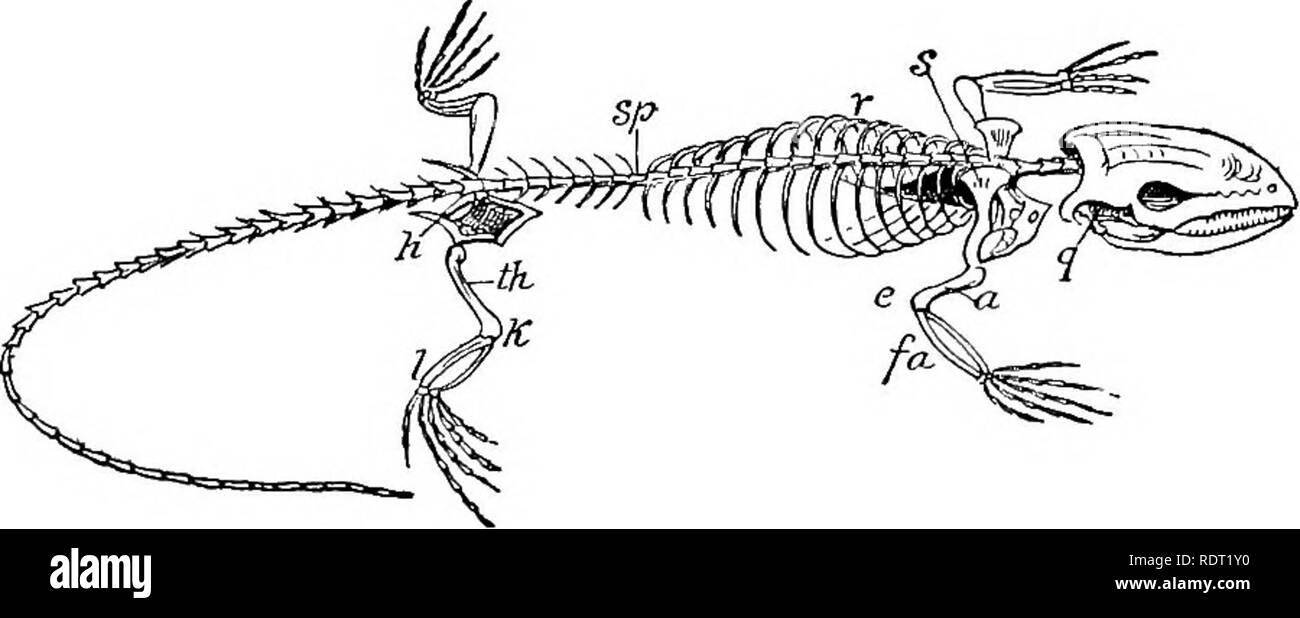
Principles Of Economic Zoo Logy Zoology Economic Lacertilia 243 There Are Many Enemies Of Snakes Prominent Among Them Are Kites Hawks Shrikes And Other Birds Of Prey Hogs And Man Family Colu Bridae

A Model Of The Anterior Esophagus In Snakes With Functional And Developmental Implications Cundall 2014 The Anatomical Record Wiley Online Library

Example Workflow Use The Advanced Spline Ik Twist Controls To Animate A Snake Maya 2016 Autodesk Knowledge Network
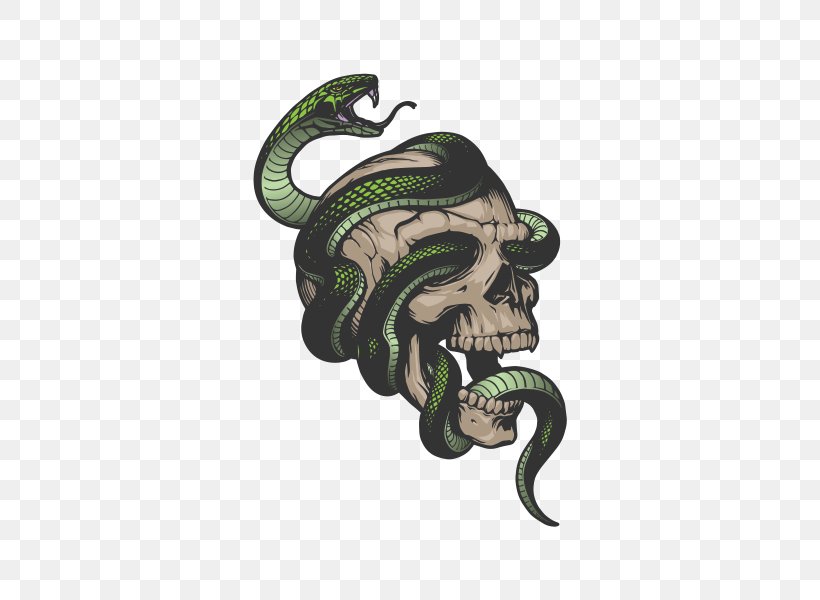
Snake Skeleton Skull Drawing Png 600x600px Snake Bone Calloselasma Rhodostoma Drawing Fictional Character Download Free
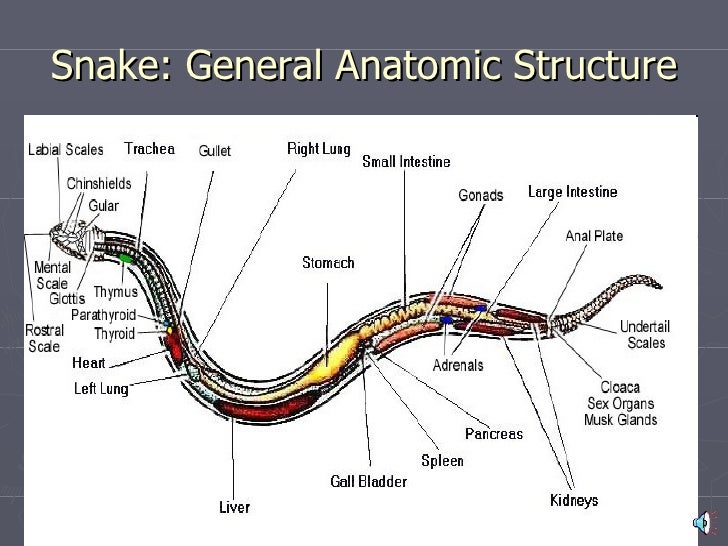




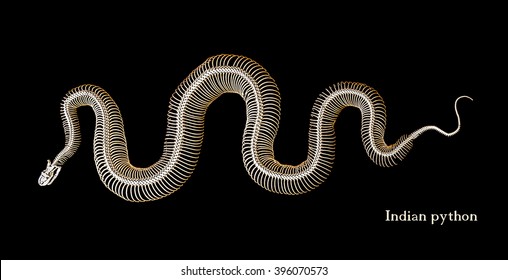








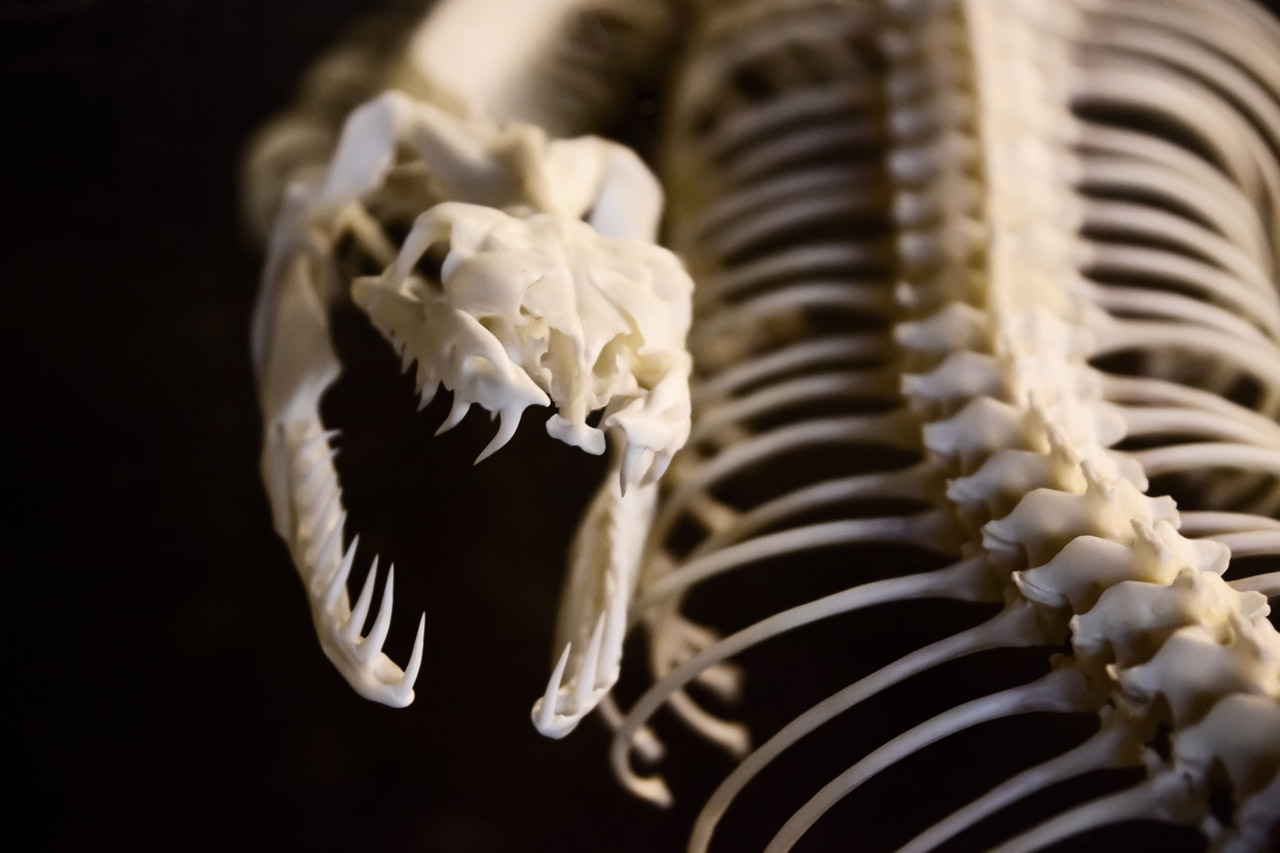

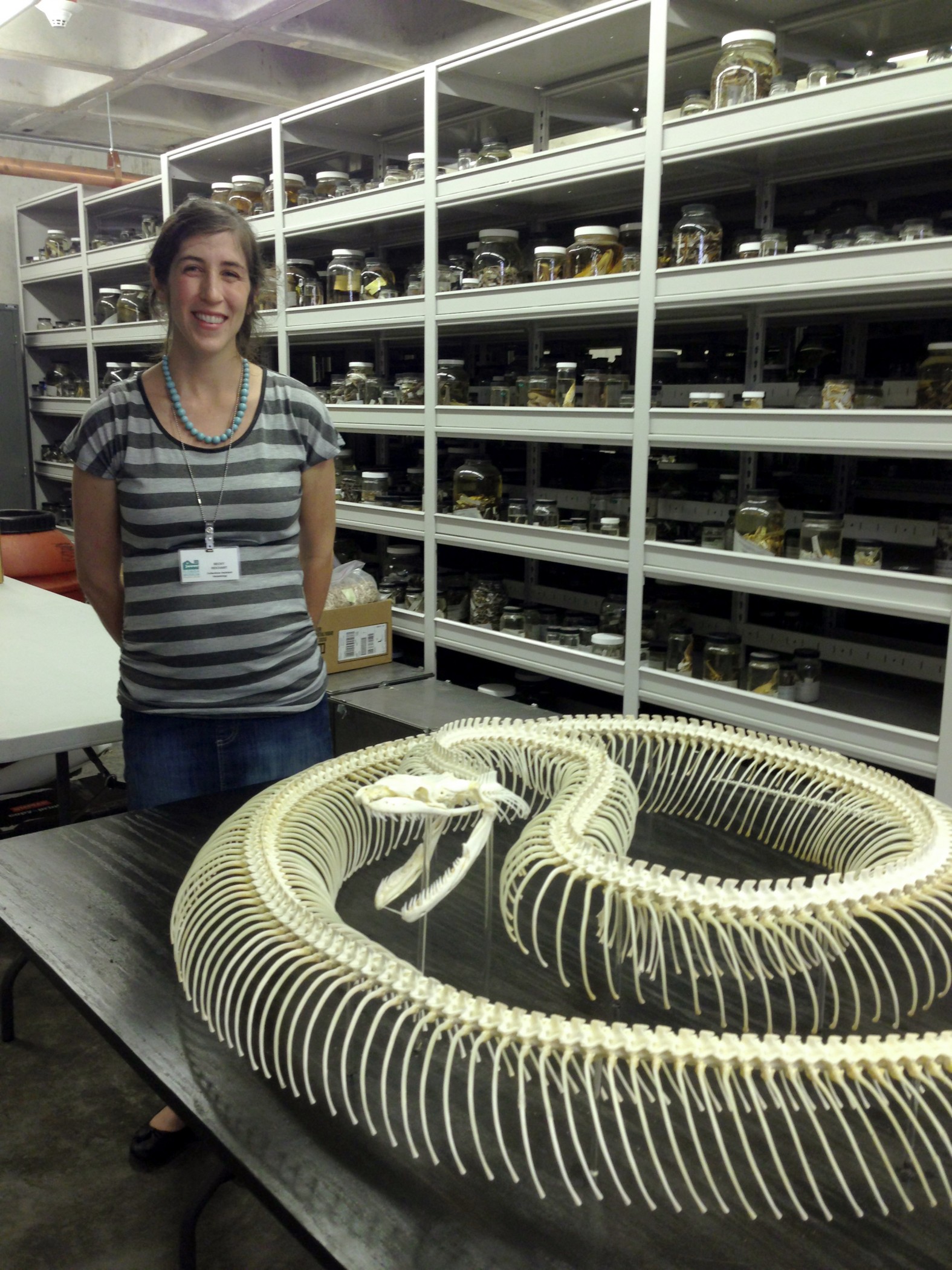


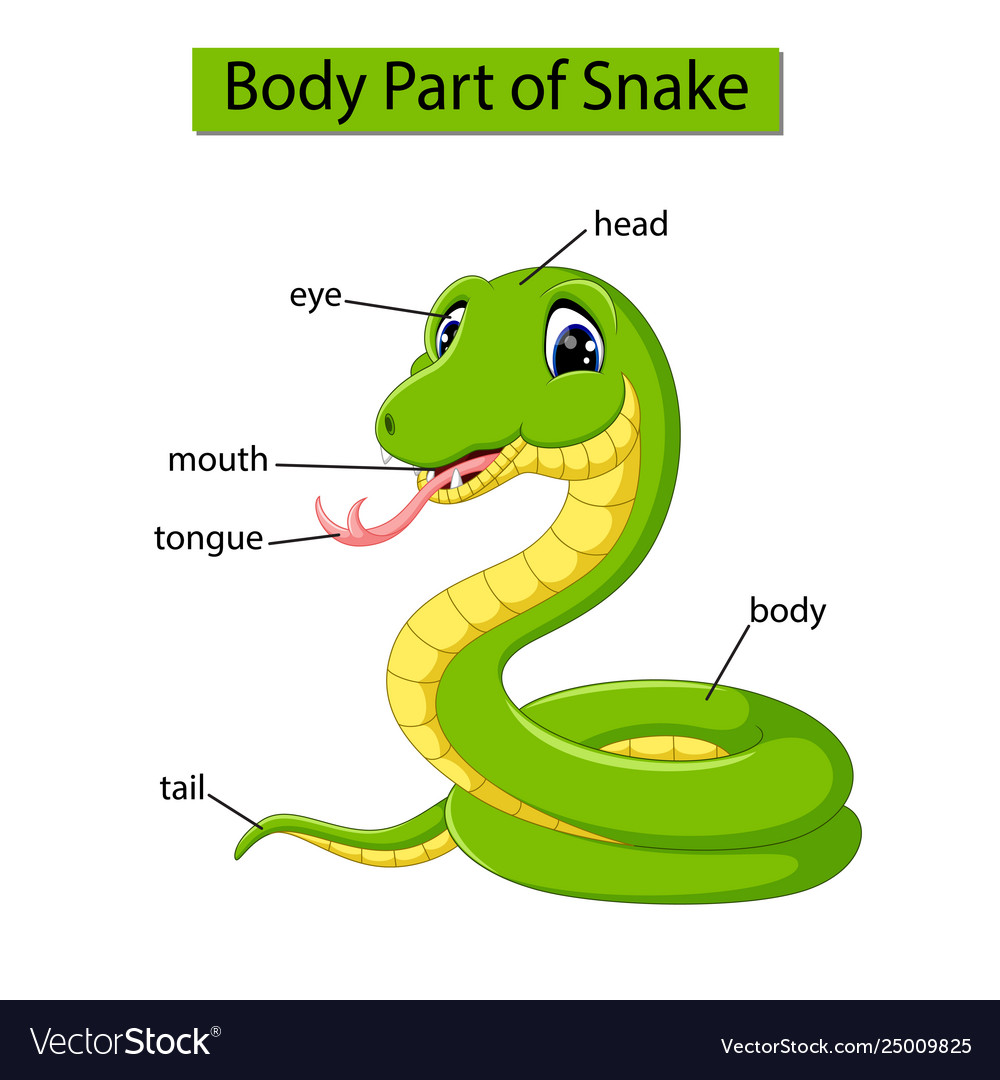



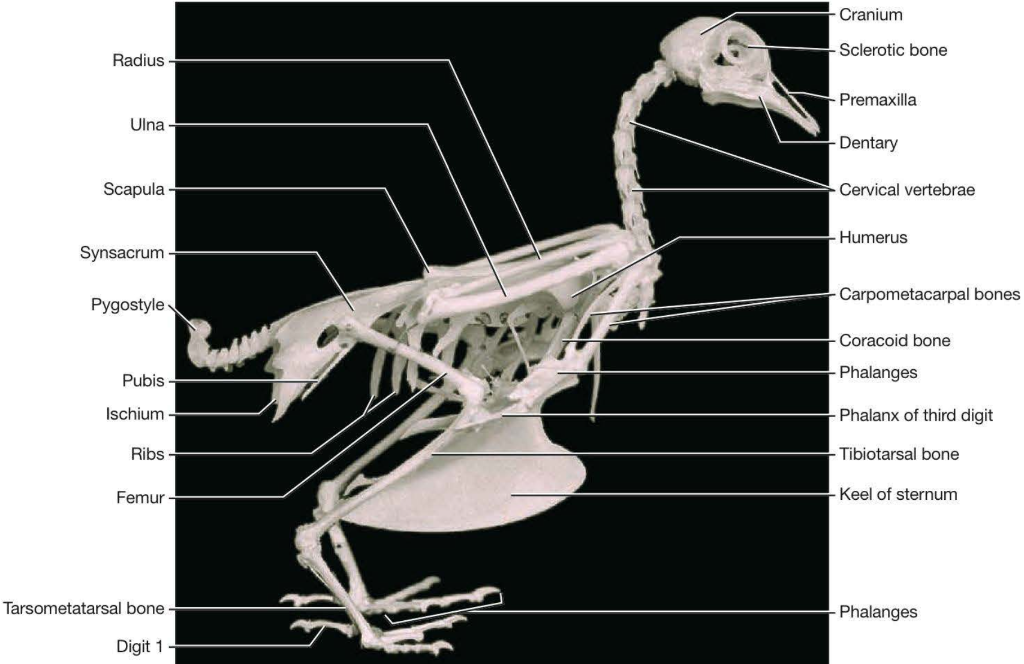
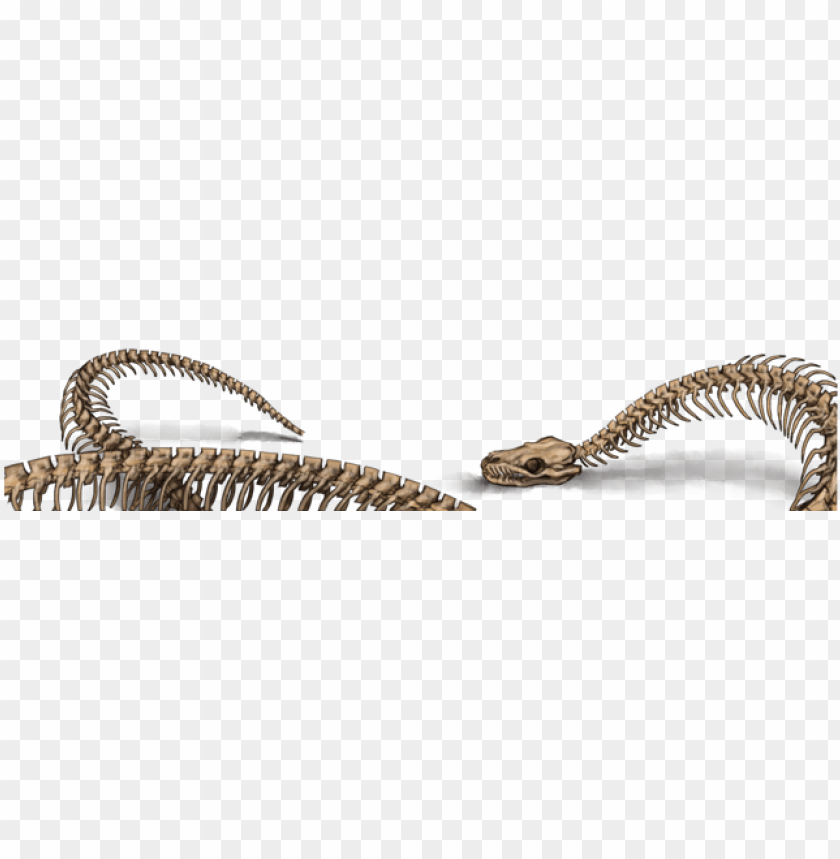




Comments
Post a Comment